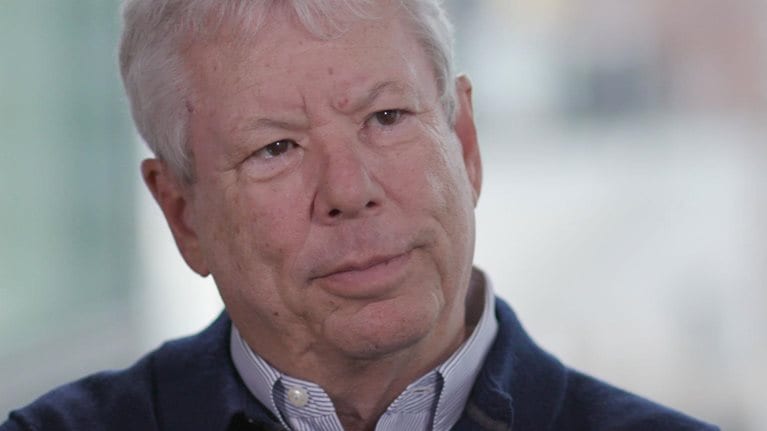Despite their best intentions, executives fall prey to cognitive and organizational biases that get in the way of good decision making. In this series, we highlight some of them and offer a few effective ways to address them.
Our topic this time?
Pruning projects proactively
The dilemma
You’ve seen it too many times: your company has a number of projects that are underperforming or business units that just won’t die. Much of the time, they linger because of emotional or legacy attachments that executives have toward specific projects or parts of the business. Rather than pull back when there are signs of significant financial or operational weakness, individuals and teams are inclined to escalate their commitment to losing courses of action. For these executives, hope springs eternal.
The research
The tendency to hang on too long is a common phenomenon. A range of studies reveal that senior executives are more willing to invest in divisions they previously led than in emerging opportunities; and both individuals and teams tend to overinvest in the founding business within a multibusiness company.1 Additionally, a close examination of asset distribution and performance in both cash-needy and self-sufficient multibusiness and stand-alone US companies is illustrative: a significant percentage of assets in both types of companies are underperforming (exhibit).2

The remedies
There are two effective techniques for understanding when to hold on to an asset and when to let it go.
Change the burden of proof. One energy company counterbalanced executives’ natural desire to hang on to underperforming assets with a systematic process for continually upgrading the company’s portfolio. Every year, the CEO asked the company’s corporate-planning team to identify between 3 percent and 5 percent of the company’s assets that could be divested. The divisions could retain any assets placed in this group, but only if they could demonstrate a compelling turnaround program for them. The burden of proof was on the business units to prove that an asset should be retained rather than just assume that it should.

How to avoid losses and prune projects proactively
Categorize business investments. Some companies have taken a ranking approach: they assign existing businesses to one of three groups—grow, maintain, or dispose—and follow clearly differentiated investment rules for each group. Depending on the company and industry, the rules might involve thresholds for growth or profitability or a reexamination of the businesses’ competitive position. The rules should come from the corporate center, and they should be transparent to all in the organization, so that resource-allocation decisions are based on business realities rather than corporate politics. Even in this scenario, executives need to explain why existing businesses should be grown or maintained rather than disposed of.
By deploying both techniques, companies can more easily—and more objectively—cull underperforming assets and business units from their portfolios.


